Today is the second of only three days in Berlin, and we are headed to an open-air Thai market, of all places. We hear it’s reminiscent of the streets of Bangkok; although that seems an unlikely possibility—being that we’re in Germany—our undying devotion to Thai cuisine compels us to give it a go. Hopping off the subway in the residential Wilmersdorf neighborhood, we spot Prussian Park across the street, now generally known as Thai Park. There are no immediate signs of the market, just row upon row of canvas tents from an antique bazaar on the corner. My travel partner, Lauren di Matteo, is delighted to meander the stands, flipping through old photographs and fiddling with timepieces and knickknacks; but I’ve got one thing on my mind: Thai food.
When we finally reach the footpath, it winds its way around a verdant little forest melodically dripping with traces of a passing rain.

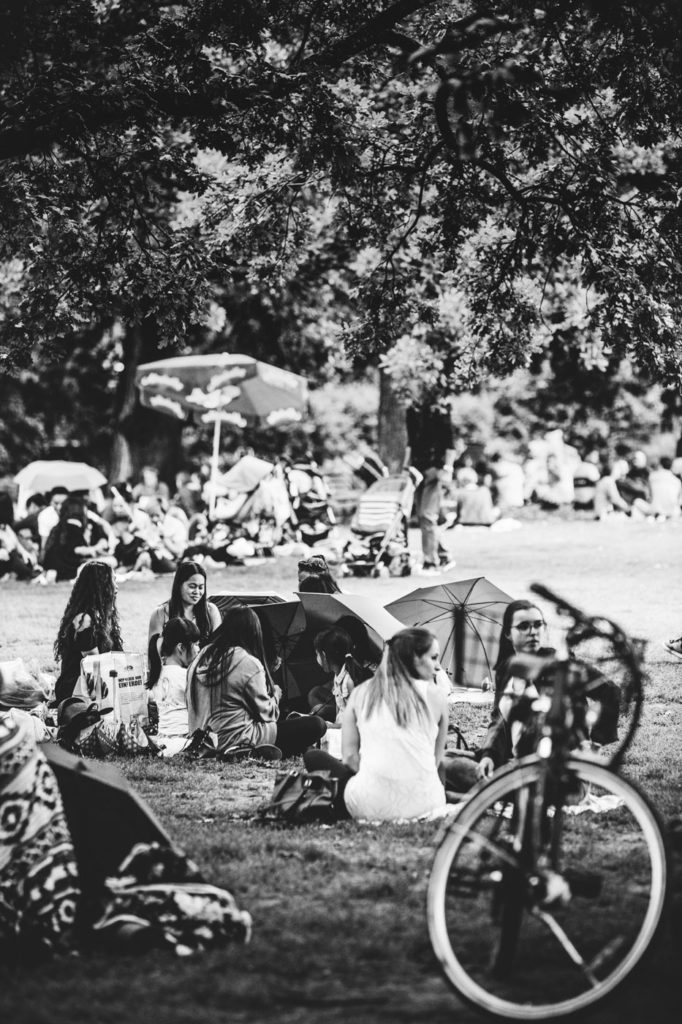
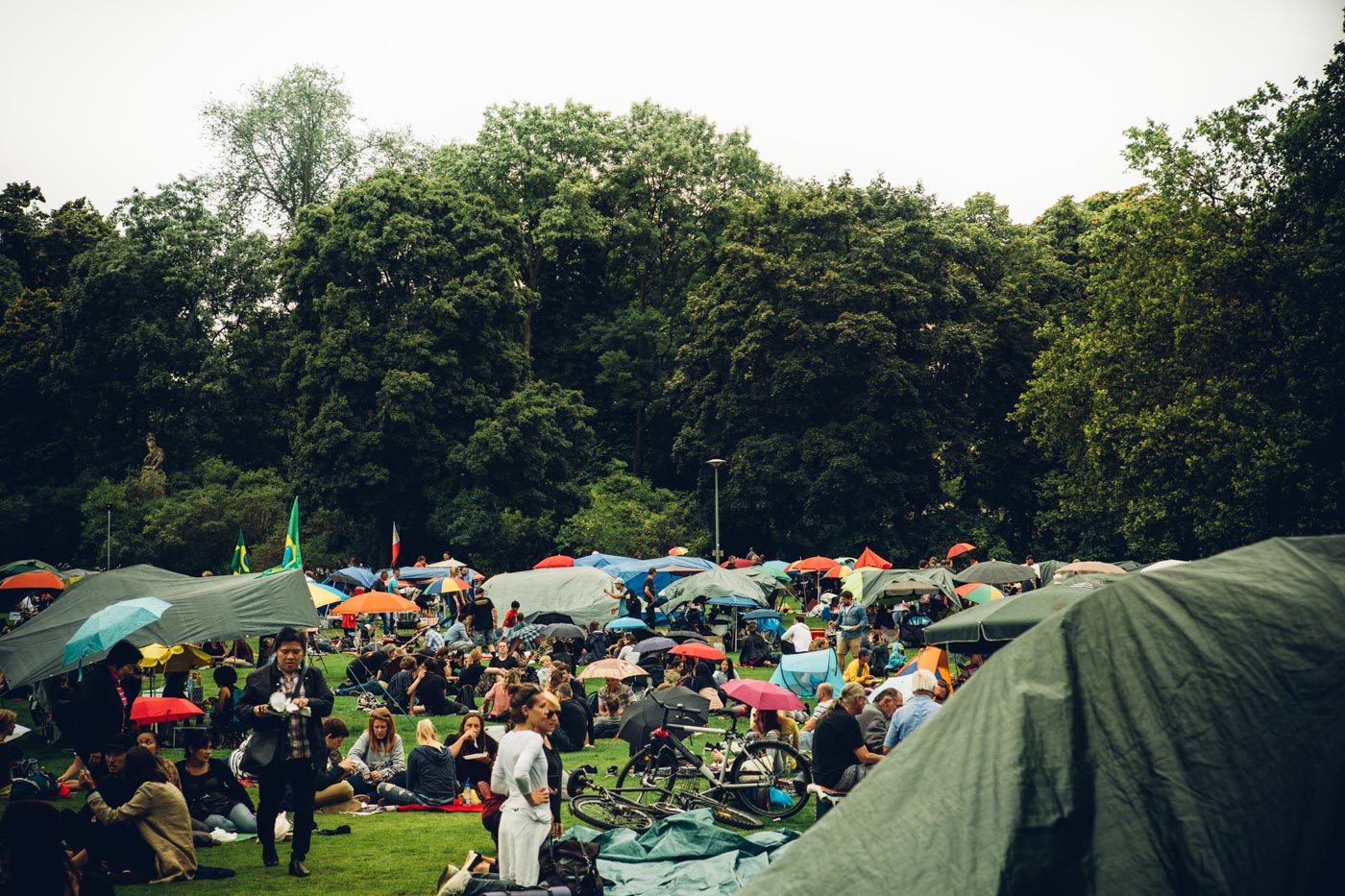
On the far side of the field are several rows of stands with makeshift tents at eye level, vendors sitting low to the ground on step-stools. Tarps are draped over umbrellas and secured to the ground via bungee cords, with ice picks and screwdrivers serving as stakes. The cooking setup is equally ingenuitive, a wok set atop a hot plate, nestled inside a cardboard box.
The scent of deep-fried shrimp wafts upward, taunting me for resisting the urge to dig in right away. My resolve weakens as we circle like vultures, watching Thai women hover over pots of bubbling oil, lifting out everything from fried bananas, chicken wings, and whole tilapia, to wontons, egg rolls, and red curry rice balls. Trays are piled high with protein-packed worms and grasshoppers, fried to a crisp in shades of bronze and gold. Every doubt regarding the market’s authenticity vanishes as these little snacks are the ones that regularly populate the streets of Thailand.
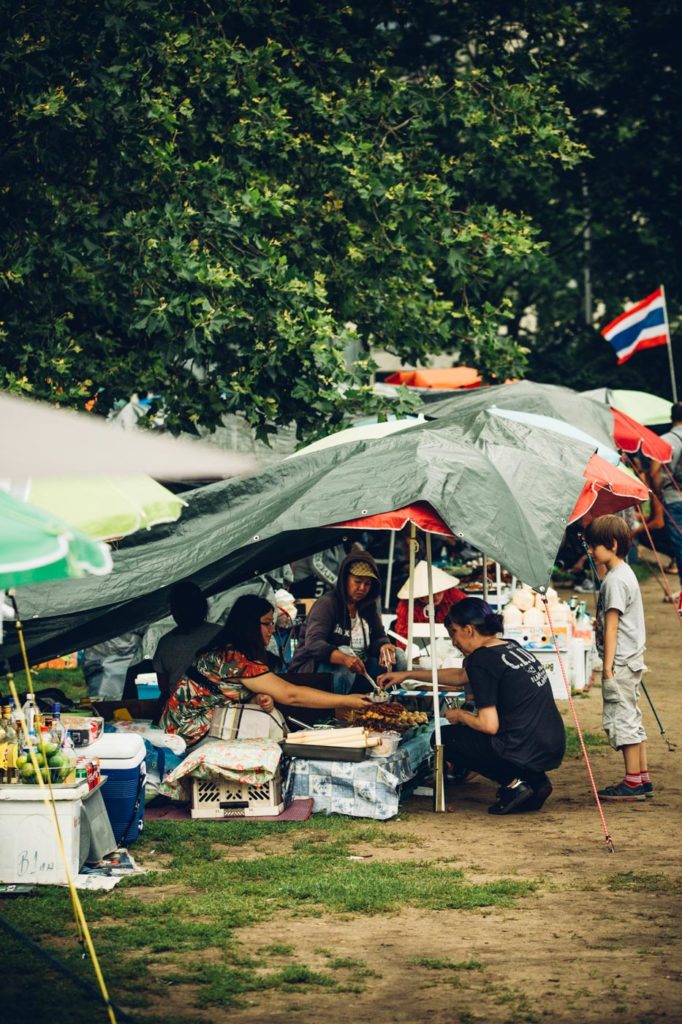
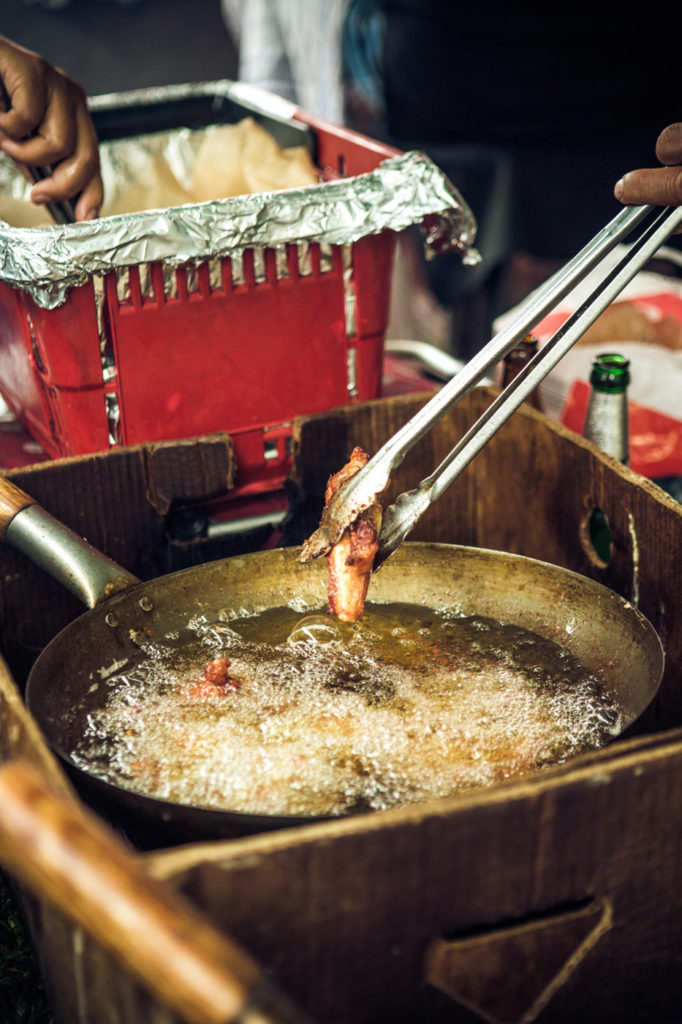
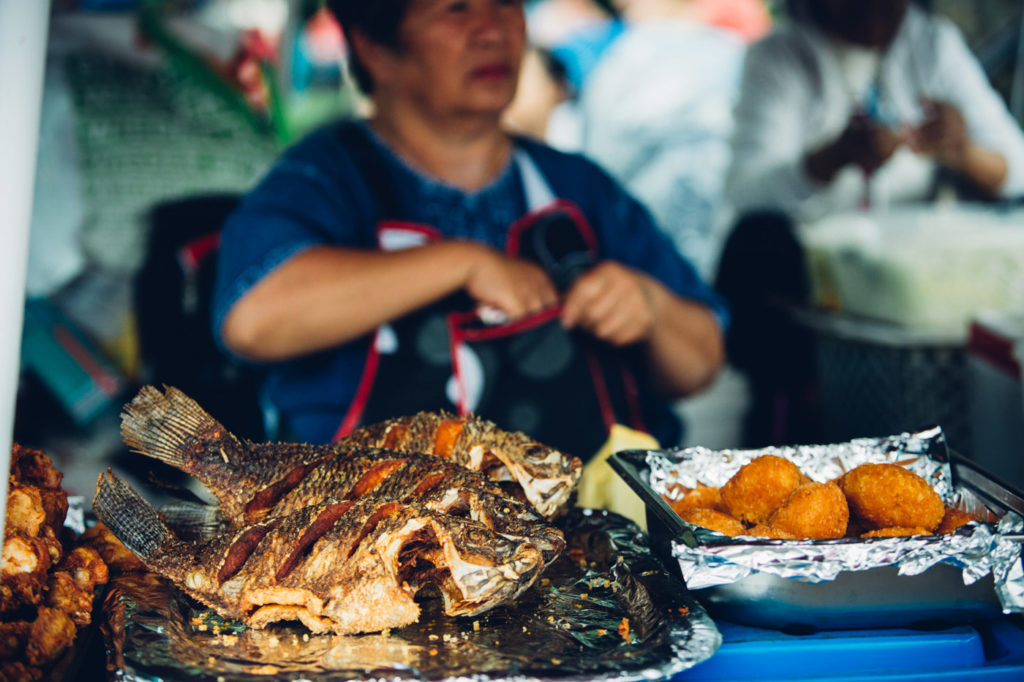
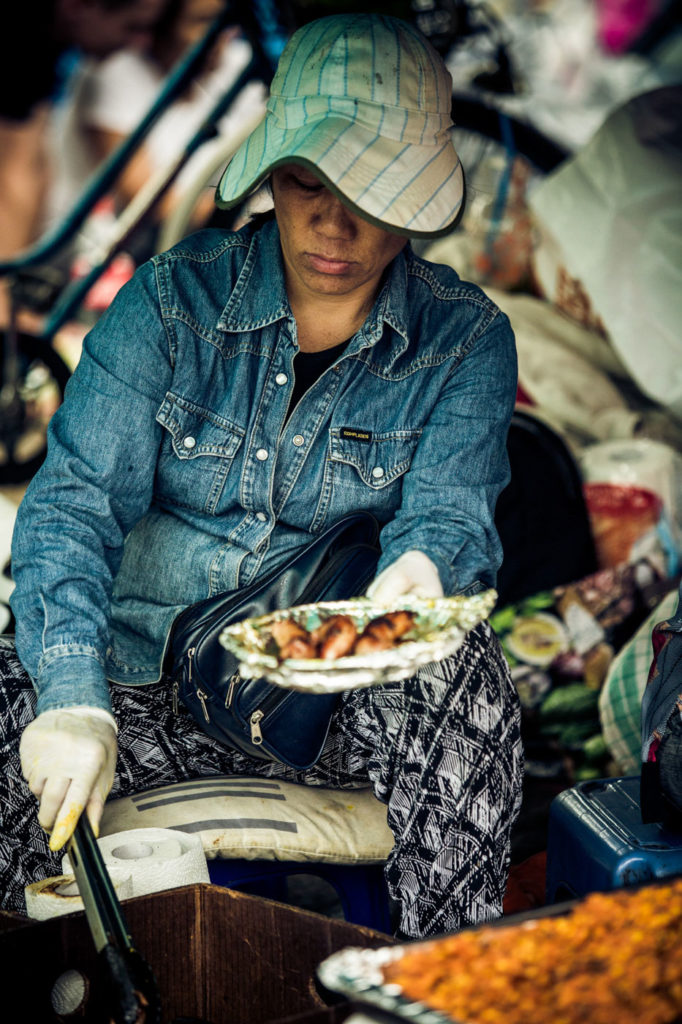
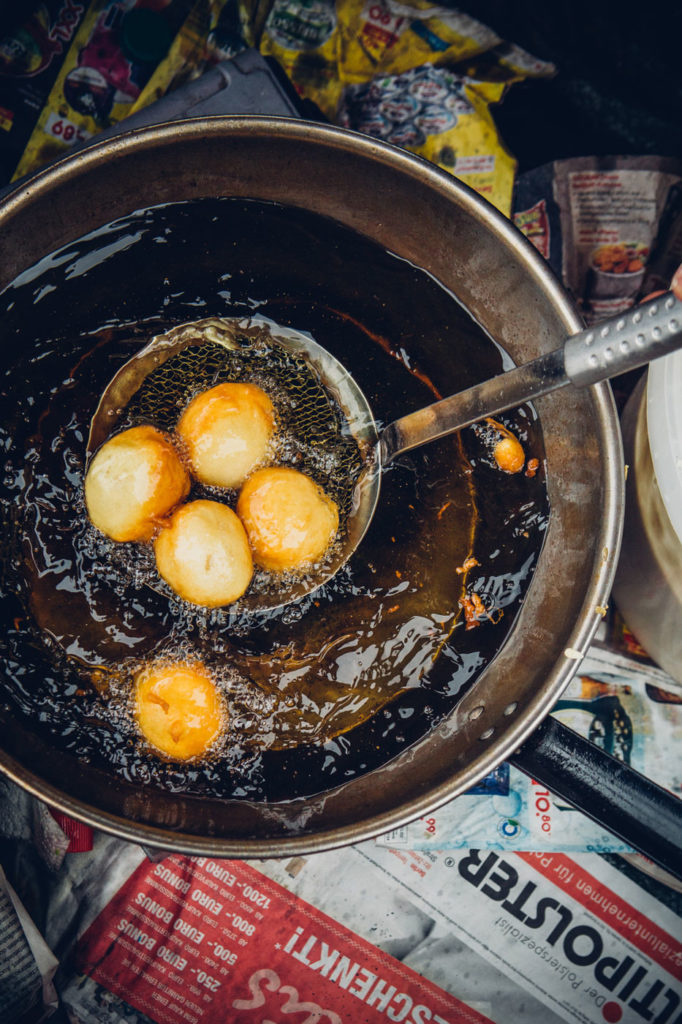
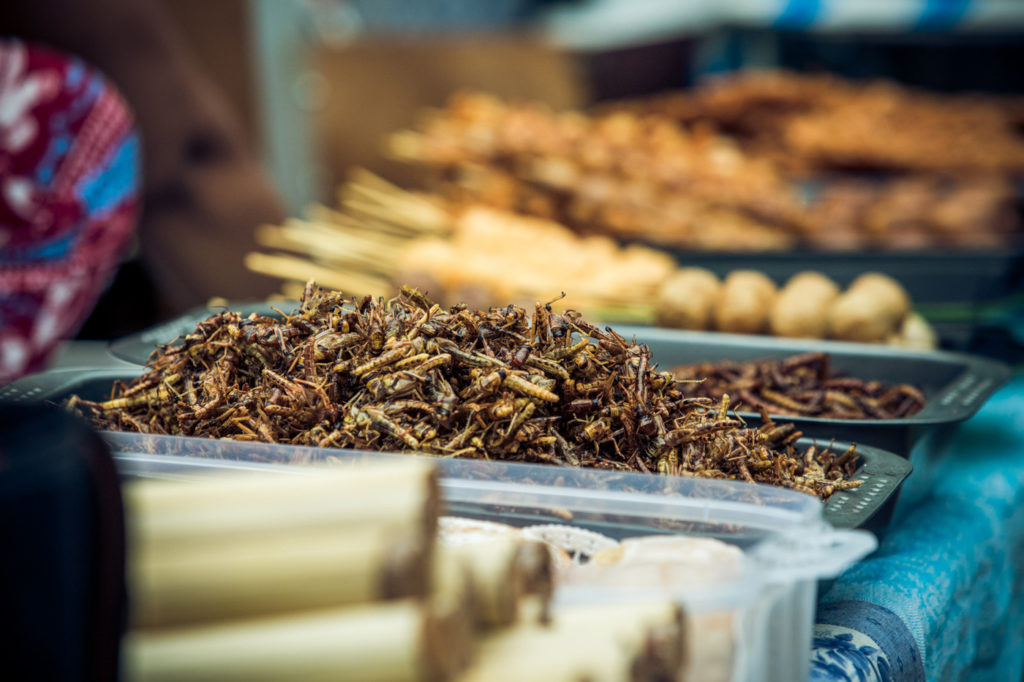
Generations of family members lounge on bamboo mats surrounding the matriarchal chef de cuisine. Someone turns up the radio when a popular Thai song comes on, and everyone starts dancing and singing. A phrase sounding something like “lai ka” bounces between various vendors as they laugh loudly; I can’t help but chuckle along. Although a number of them sell the same items, there is no sense of competition here; it feels more like a family cookout than a market.
I watch in fascination as one woman works swiftly between three different woks to produce three servings of pad thai in perfect succession. I make my order, convinced that if the flavor matches the effort, I am in for something special. My prediction proves correct; the dish is perfectly balanced and flavorful. The only critique might be a noticeable lack of spice, but is an understandable adaptation, given the overall absence of heat in typical German cooking.
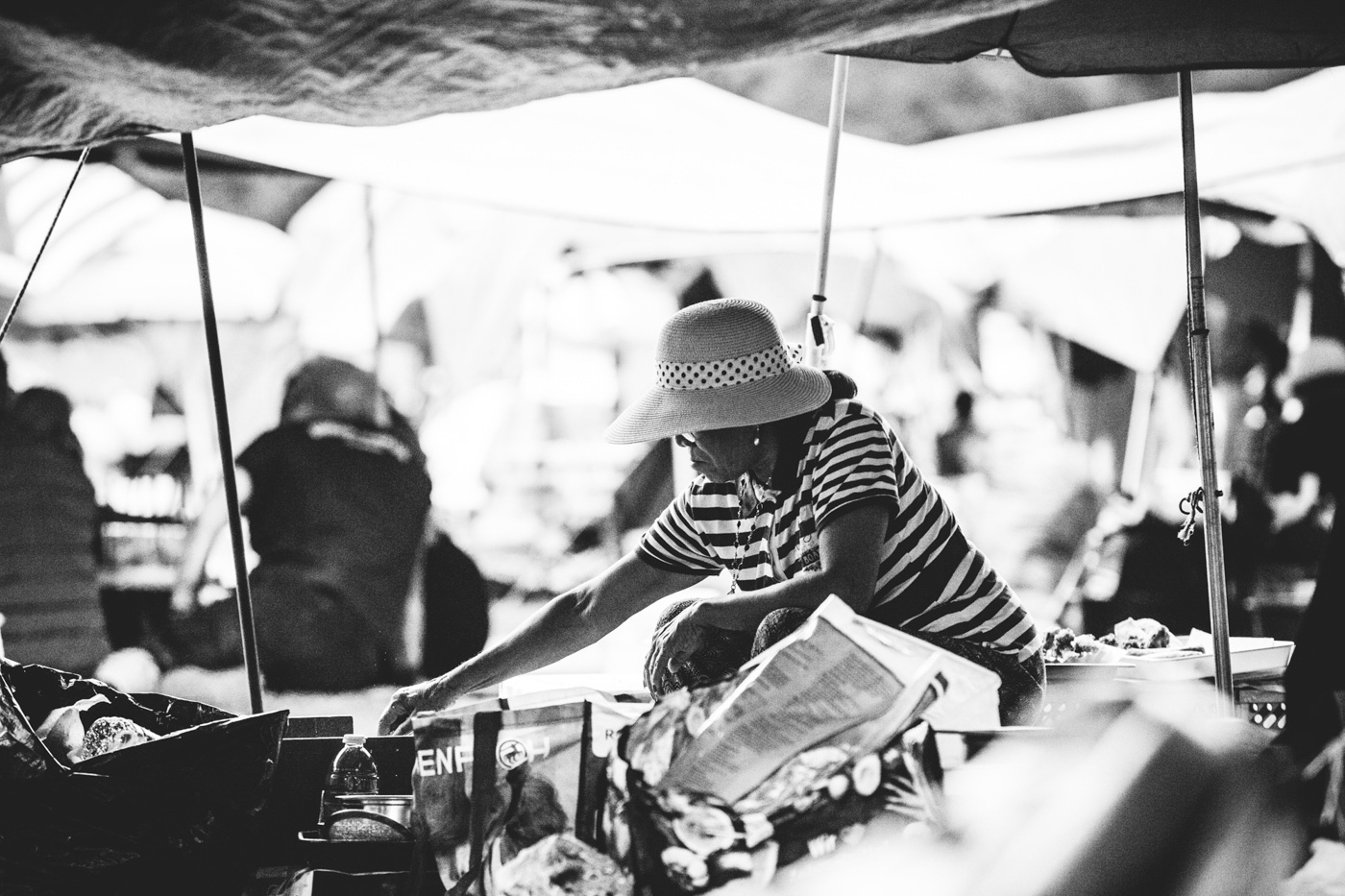
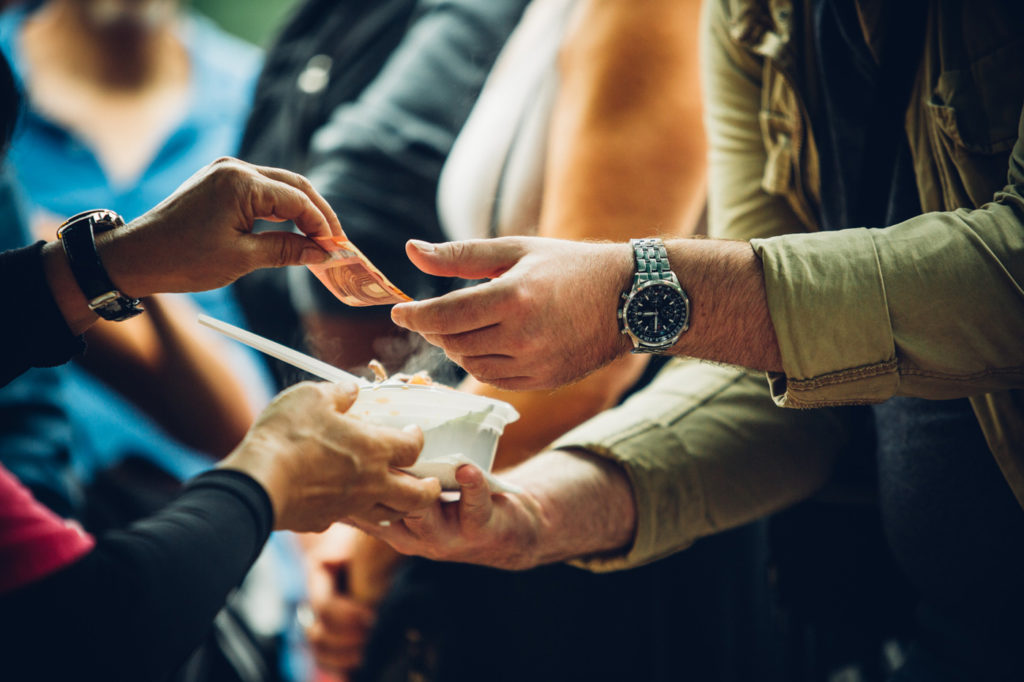
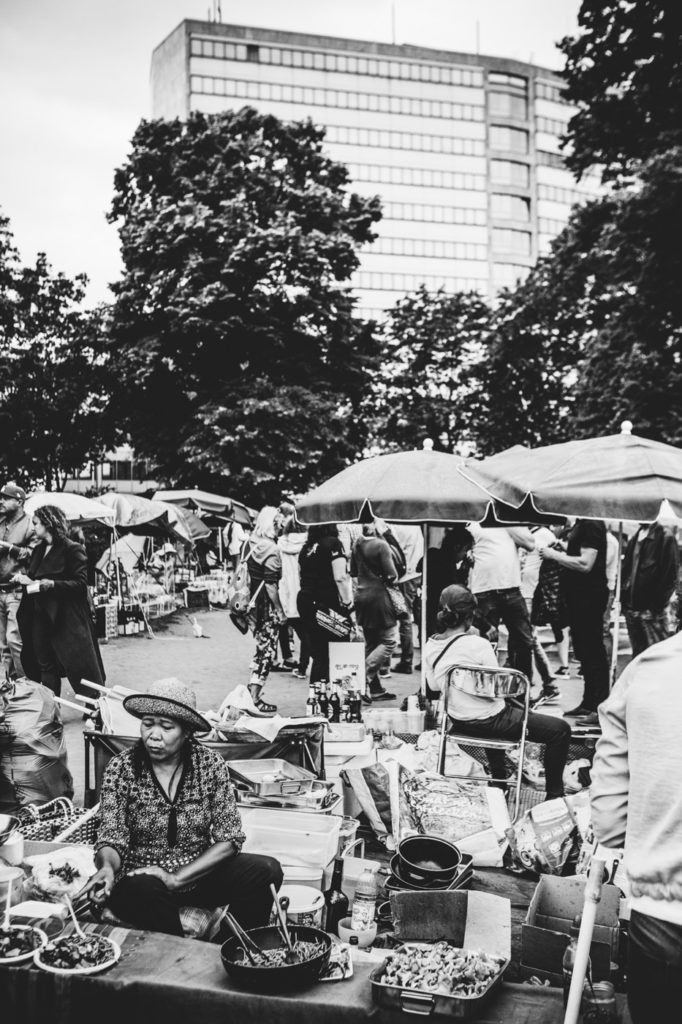
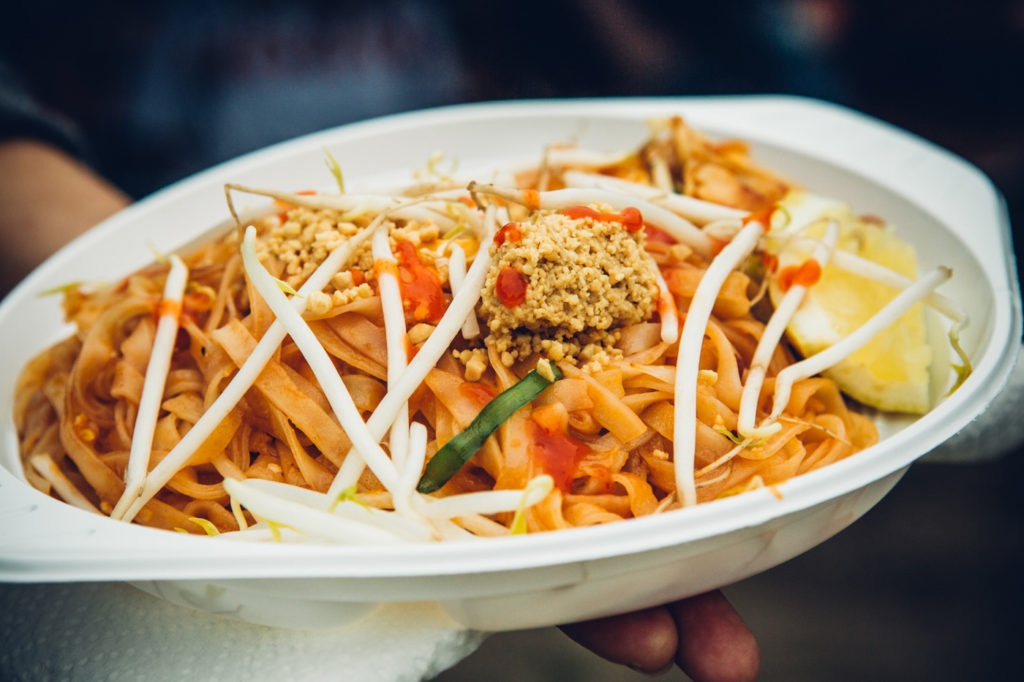

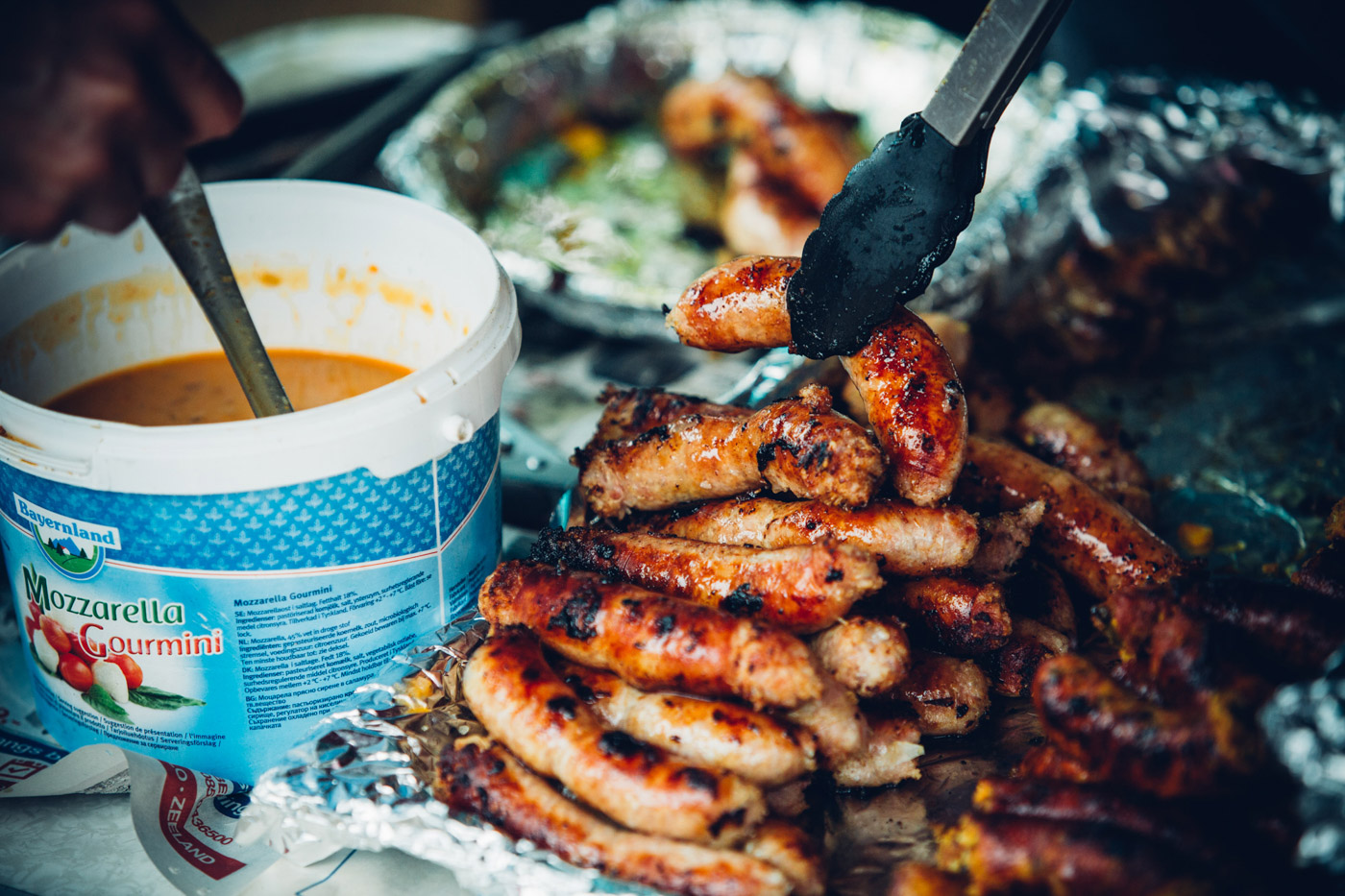
Despite the differences between Thai and German fare, there are a couple of dishes that provide a surprising culinary overlap: sai oua and luk chin ping. The northern Thai sausage and meatballs resemble plenty of local staples found on any number of menus in Berlin. The pork sausage made with a blend of kaffir lime leaves, lemongrass, galangal, and red curry paste provides a gateway into Thai cuisine for a more hesitant eater. And who doesn’t love meatballs on a stick?
There are a handful of other nations represented, selling dishes from Japan, Indonesia, Vietnam and Korea, and produce from these countries is sold in a quiet corner. This is where larger families gather on the grass, some purchasing produce such as Thai basil and durian, others intently focused on their card games, warily suspicious of curious eyes and cameras.
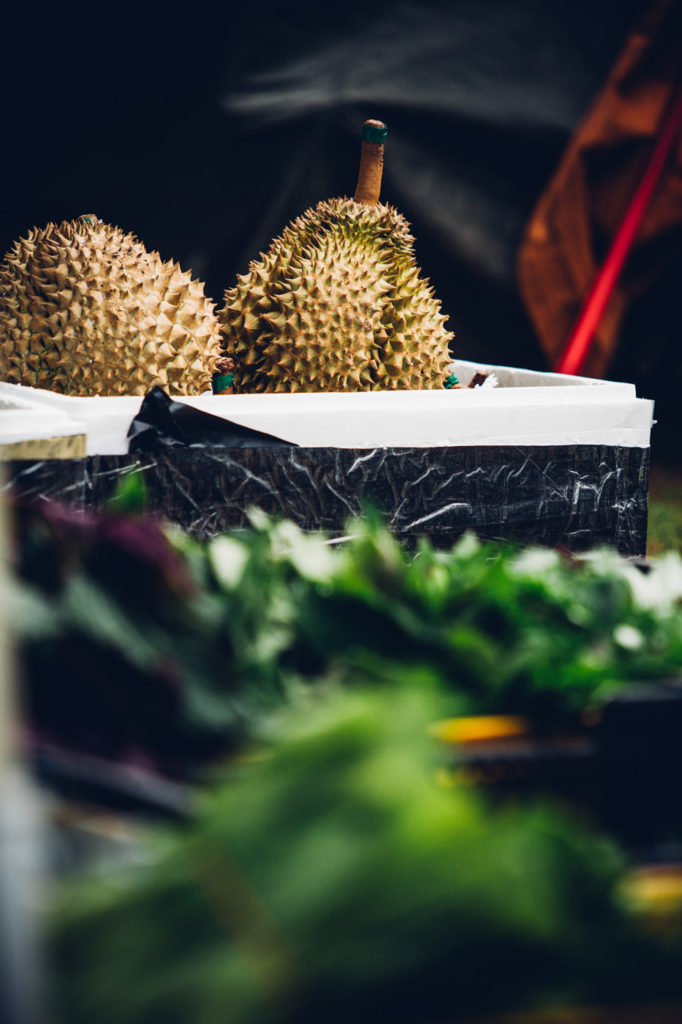
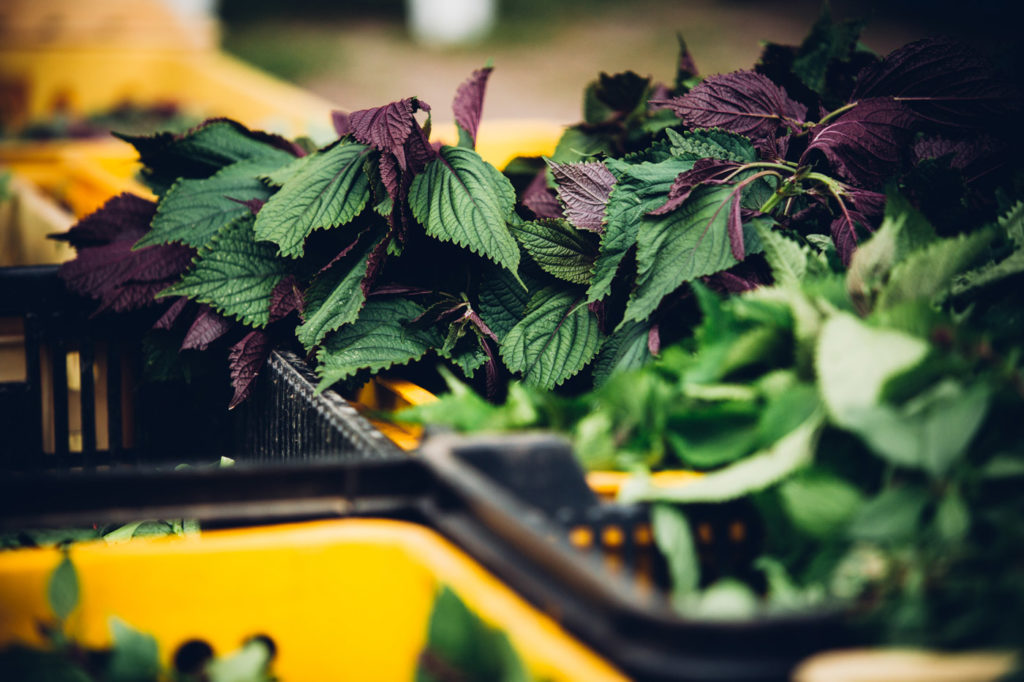
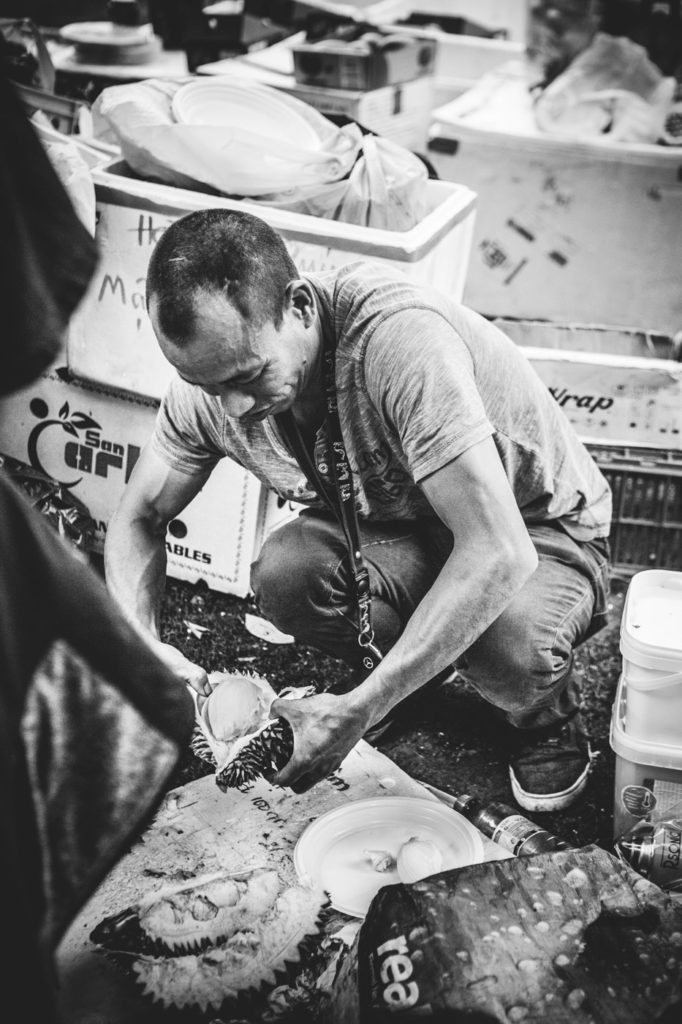
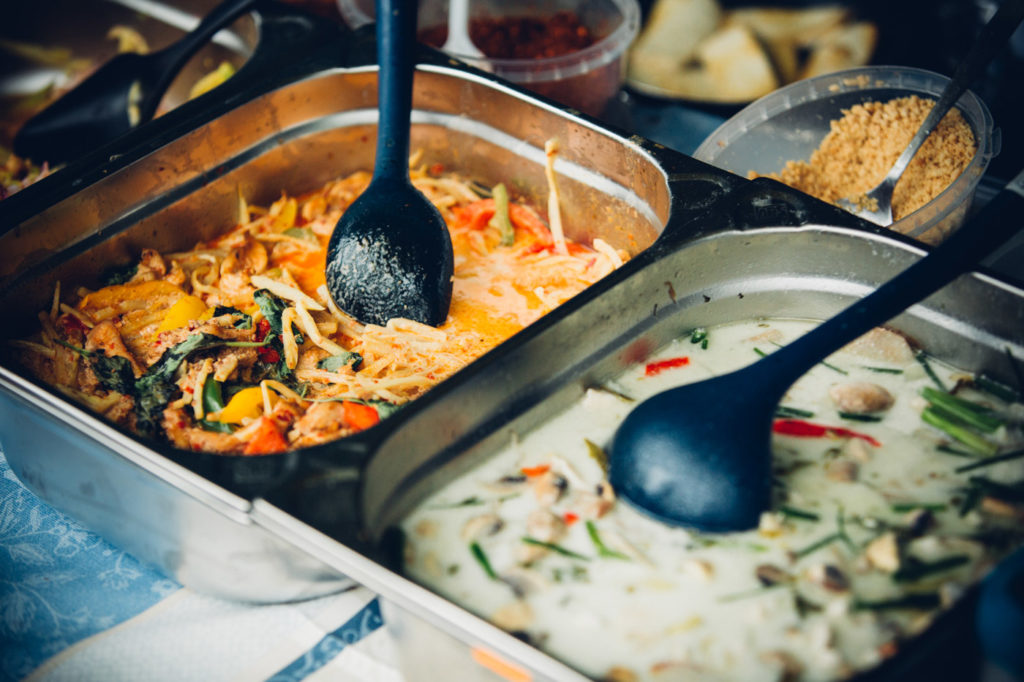
A lanky redhead passes holding a young Thai coconut in each hand with straws protruding from the top, and I follow her lead. The beverage stands are a sea of mango lassis ripe for the taking. Berliners seem obsessed with the drink; I’ve seen it everywhere since arriving. It’s of North Indian origin, the yogurt offering a cooling sensation to the palate, neutralizing any lingering spice—the drink is often made with cardamom or other additions—while the fruit delivers a robust concentration of tropical sweetness. After a long, slow sip, I’m beginning to see the draw. Much to my surprise, it even supersedes Thai iced tea in popularity. In the name of impartiality, I take one of each. The bartender then busily returns to serving up shots of Thai whiskey and colorful mixed drinks such as mai tais, mojitos and phukets. Some German husbands even find their way into the action, selling classic Berliner Kindl and Beck’s beer to go with their wives’ cooking.
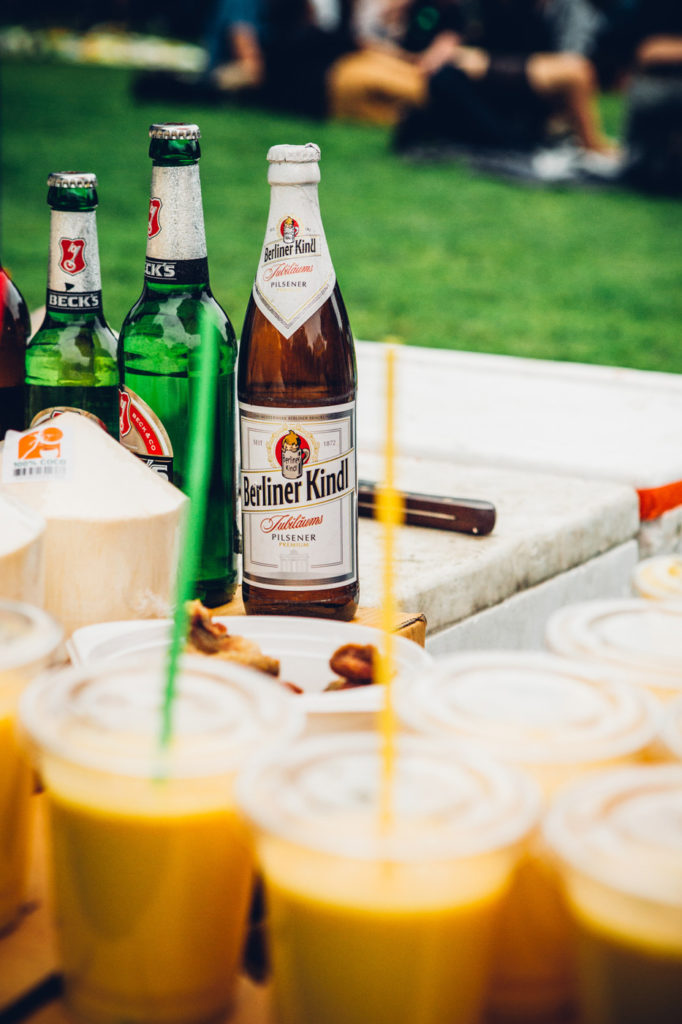
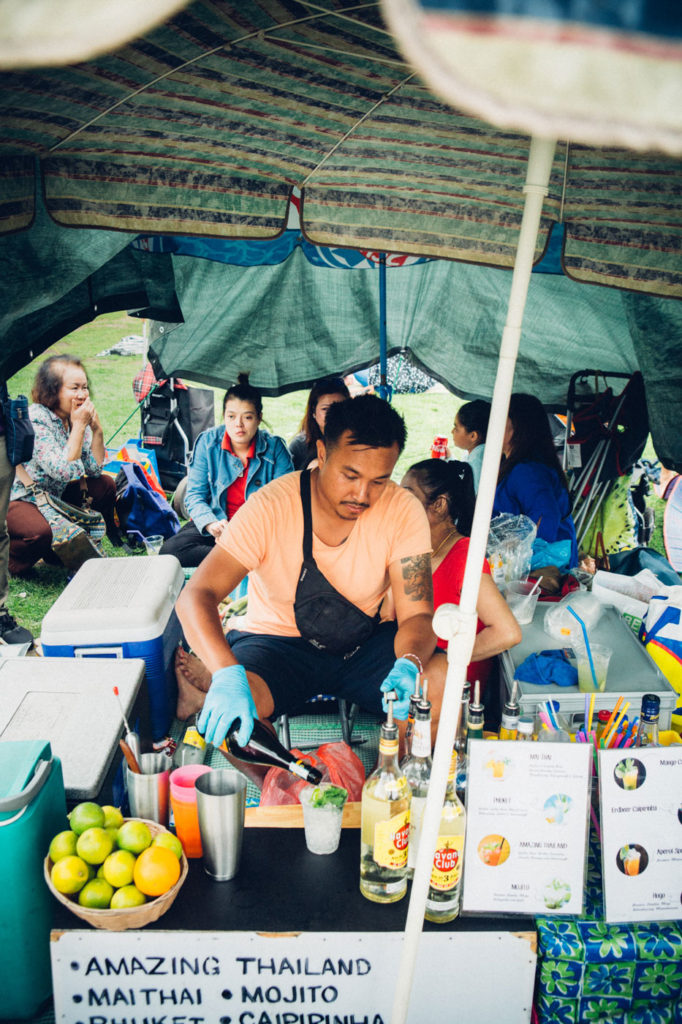
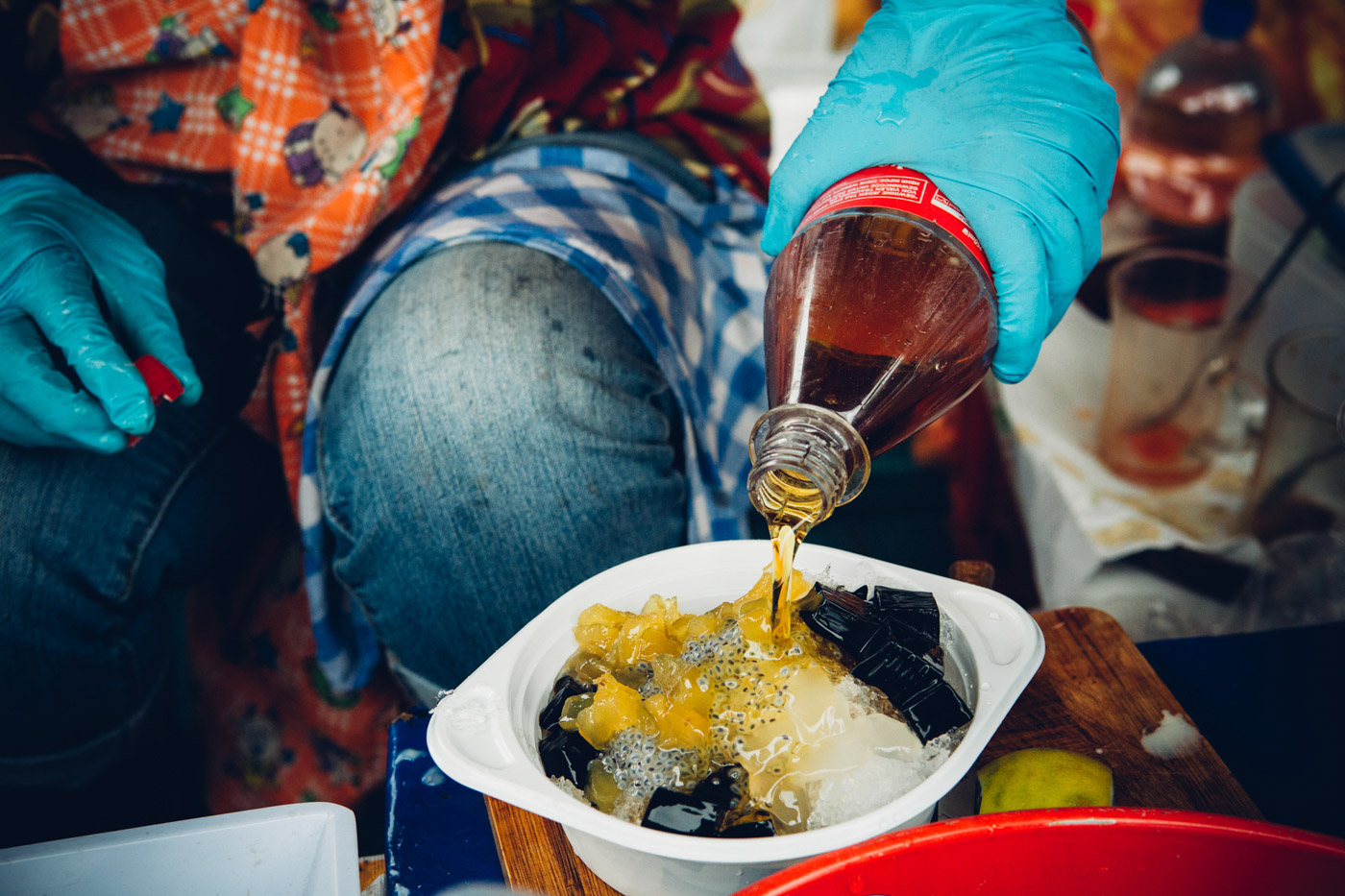
Since the market is technically illegal, many are initially resistant to having their photo taken, but Lauren persists in making friends, and several Thai ladies warm up to her camera.
The historic migration of Thai women to Germany is often glossed over, given labels of marriage or family migration. And although these terms seem straightforward enough, they fail to connote the complicated web that trails them. It’s been argued there is a direct correlation between the establishment of U.S. military bases in Thailand during the Vietnam War and the development of Thailand’s sex industry in the mid-60s. The arrival of troops produced a surge in prostitution in areas surrounding U.S. military bases, with numerous Thais serving as “temporary wives” for soldiers. By the mid-70s, national and transnational prostitution had become fully developed industries. When the U.S. pulled out at the end of the war in 1975, sex workers from those regions flooded Bangkok in search of work. This led to an influx of those being trafficked internationally, and for the first time in history, the number of Thai women immigrating to Germany surpassed Thai men—a trend continuing to this day.
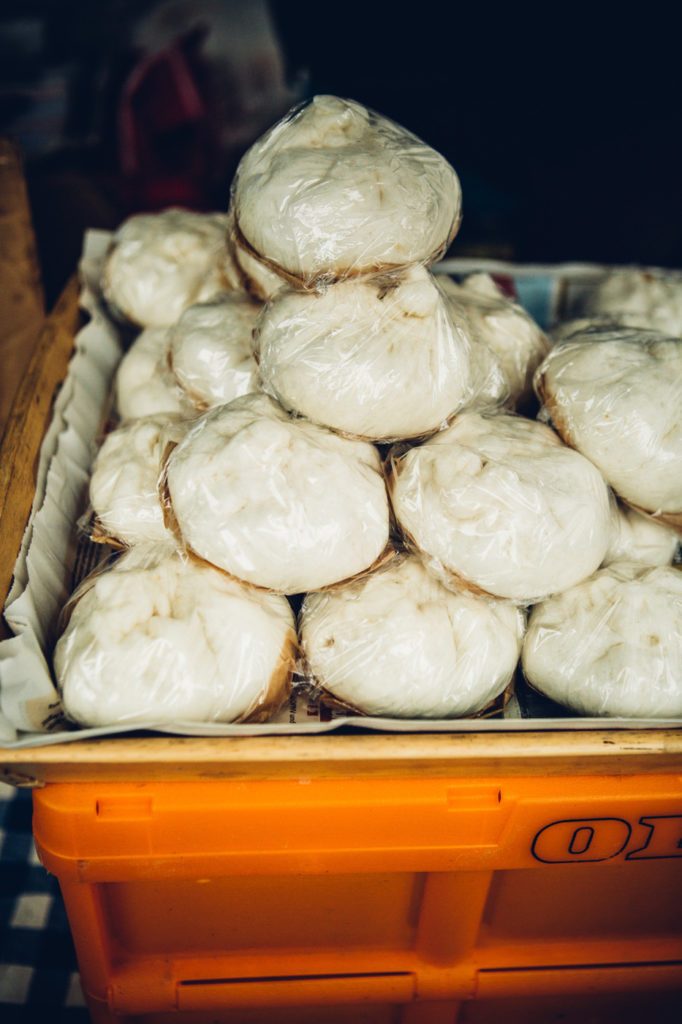
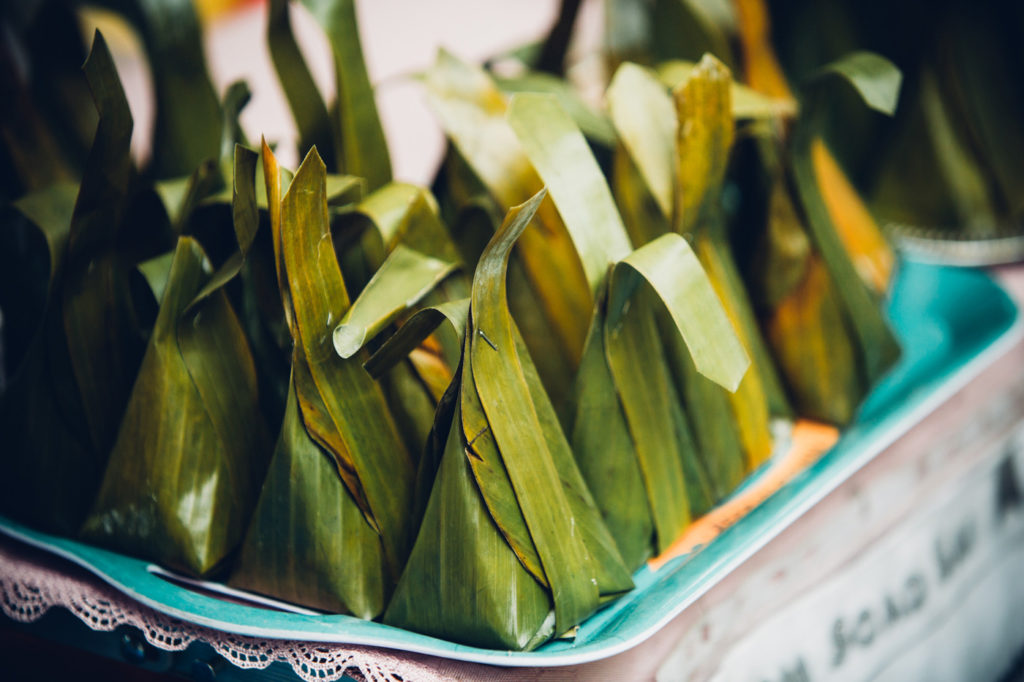
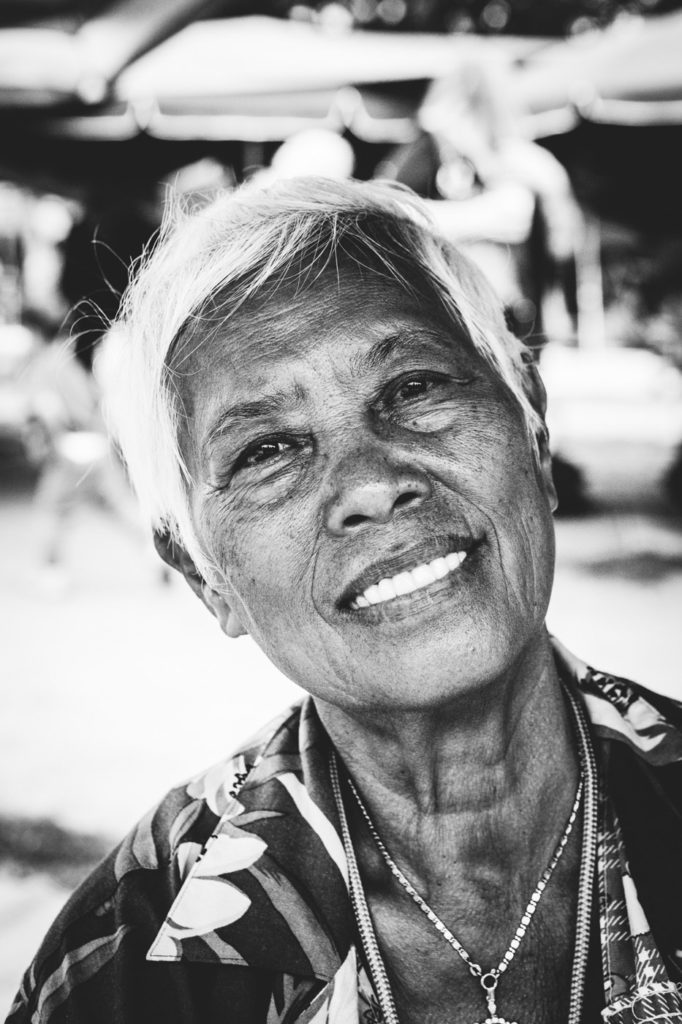
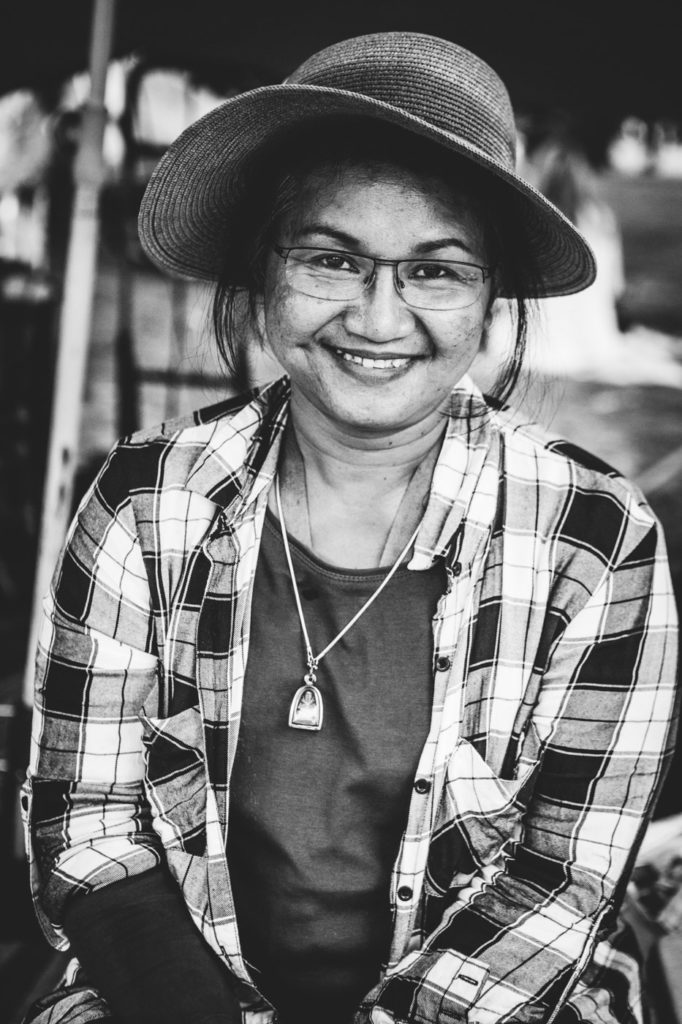

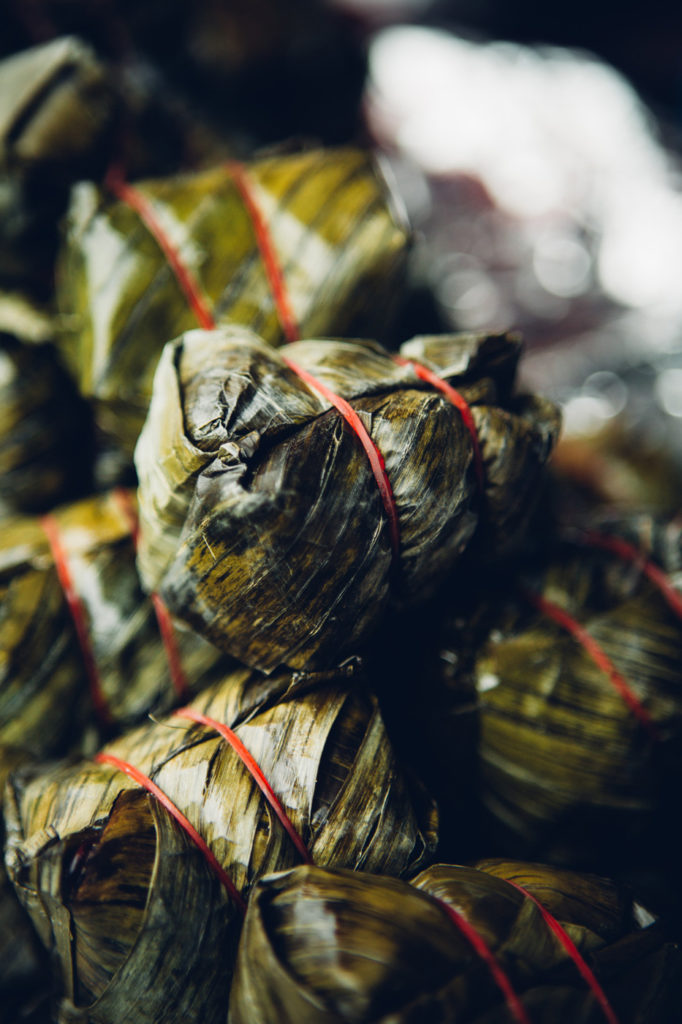
This first wave of Thai women was primarily sex workers, wives, or both. Large numbers were trafficked by force or elaborate deception, while others came by some manner of choice. Upon arriving, they were employed as prostitutes, dancers, or within the multi-faceted entertainment industry. Some had previously worked as escorts for German men during their trips to Thailand, later marrying them. Others came as mail-order-brides. Despite the weighty cost, immigration to Germany provided an escape from poverty, debt and broken relationships, and the lure of upward economic and social mobility. Even those who sought a wide range of career options still had to begin by marrying in order to obtain a permanent resident permit.
Although subsequent waves of Thai immigrants had success in learning the language, acquiring an education and a successful career, many of this first wave were victimized, stigmatized, and offered little opportunity beyond low-paying, menial jobs. In addition to these challenges, countless Thai immigrants faced immense difficulty acclimating to Germany due to its contrasting culture, climate, language and cuisine.
In search of a sense of home, a handful of Thai families started meeting in Prussian Park on the weekends. They gathered with their German husbands and bicultural children to celebrate a common food and culture. They created a place of belonging, free from the struggles that plagued much of their daily lives. Early on, at the request of hungry German passersby, some families shared a bit of their curry and noodles, accepting a few euros in exchange. As word spread, those weekend get-togethers gradually transformed into a full-fledged street market. Today it is the largest, illegal outdoor market in Berlin, with tens of thousands visiting during the height of the summer season.
Authorities have historically been soft on the market, as it’s an important cultural center for Thai immigrants, and highly prized by locals and foreigners alike. However, its accelerating growth in popularity can no longer be overlooked. Officials have shut down the operation from time to time in the last several years, but are more actively seeking an avenue for incorporating it into a legal event that meets the city’s health, hygiene, and business requirements.
The challenge is in navigating Berlin’s stringent food regulations. Many of these middle-aged vendors are not fluent in German, making the acquisition of a food license nearly impossible. The cost of renting a commercial kitchen for food preparation in accordance with city standards also presents an obstacle. An attempt to make the market comply with Berlin’s legal guidelines would likely alienate most from participating altogether. It would deprive these women of the gratifying labor of cooking for the masses, and the validating praise they receive from the surrounding community. Compromise is a delicate art, let us hope that one may be successfully reached.
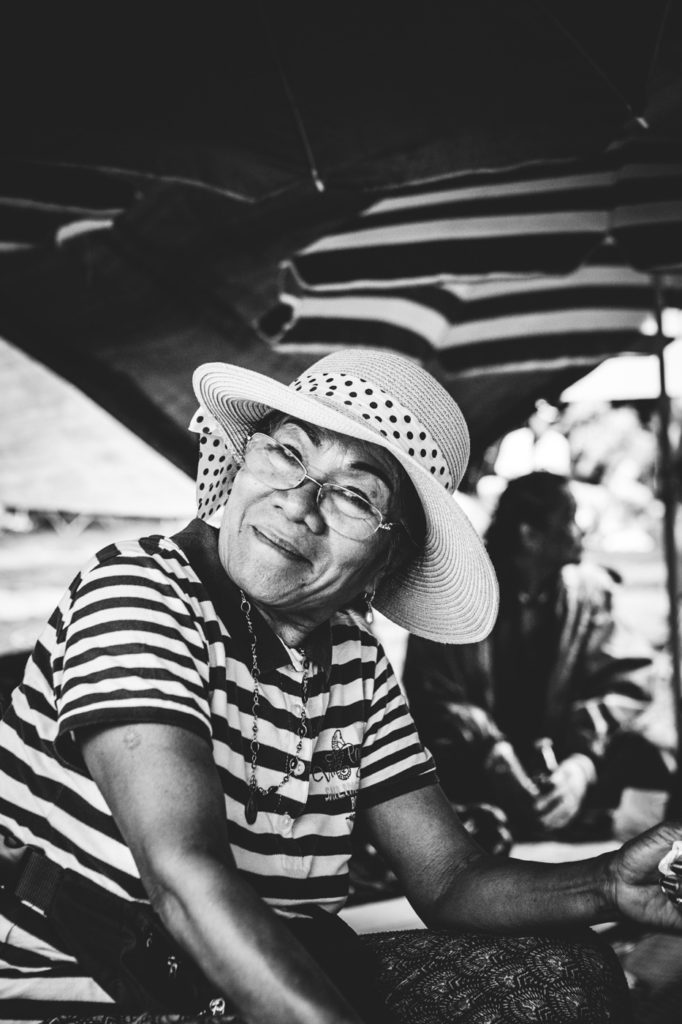
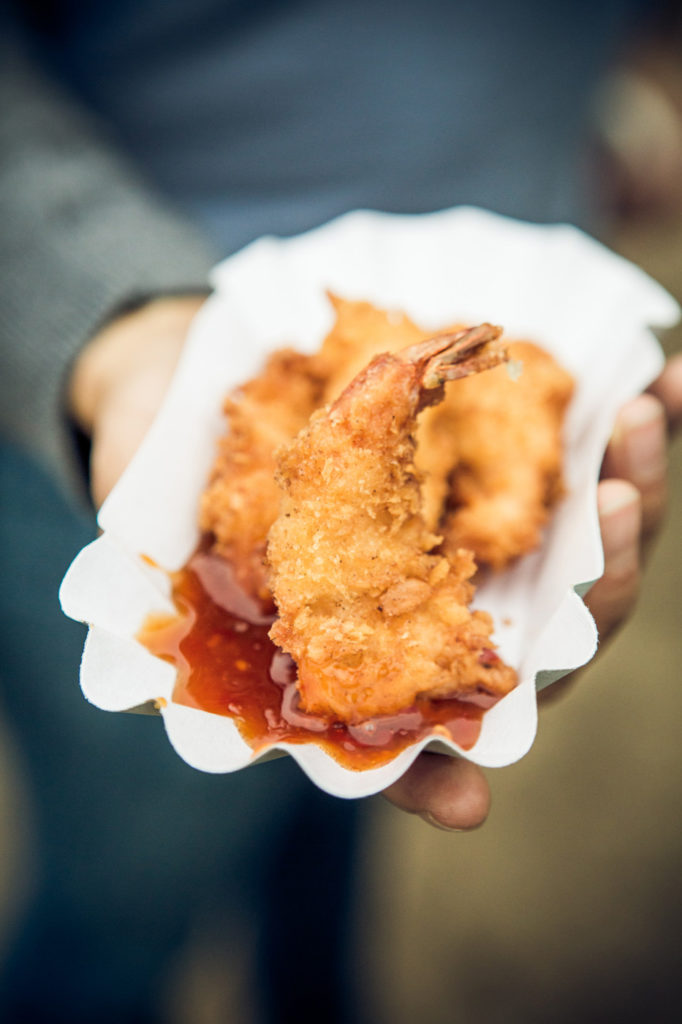
After spending the day eating our way through the market, we decide to make one final stop. Having declared myself the judge of an unspoken fried shrimp competition, it seems reasonable to reward the winner with a repeat purchase. I approach the champion stand and explain to the vendor—with short phrases and large, flailing gestures—that she has the most delicious shrimp. I watch as understanding slowly washes over her face, and a broad smile breaks forth from her lips. In a spirit of gratitude and generosity, she adds a few extra shrimp to my plate, free of charge.
There is a place in Berlin where Thai nationals are no longer limited by a lack of opportunity. A place where the language of food bridges every gap. A place for genuine cultural expression and connection—and the door has been opened wide to us.
This, my friends, is Thai Park.
——
Roots—a Life & Thyme column by contributors Nicole Bravo and Lauren di Matteo—explores lesser-known stories of those who take a traditional approach to food to honor their heritage or to rediscover those useful, time-tested methods. These stories hone in on the lineage, history and perpetuation of cultural customs—or even the clashing of those values with the fast-paced life much of the world embraces today.







Our comments section is for members only.
Join today to gain exclusive access.